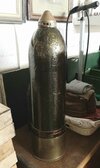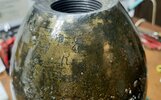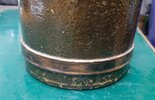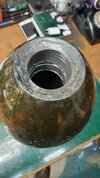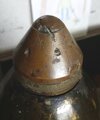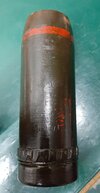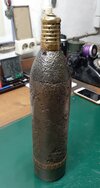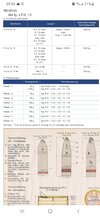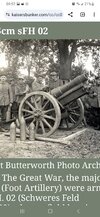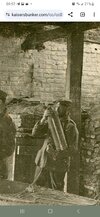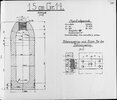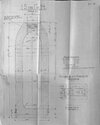screensize
Member
Hello everyone,
a friend of mine has these, but as he does not use the WWW due to his age, I offered to post pictures and find out some info.
15 cm: empty, 50 cm height, around 30 kilo weight, German Doppelzünder
85mm: maybe french?
75mm: empty, strange fuze
Thank you for any info,
Chris
a friend of mine has these, but as he does not use the WWW due to his age, I offered to post pictures and find out some info.
15 cm: empty, 50 cm height, around 30 kilo weight, German Doppelzünder
85mm: maybe french?
75mm: empty, strange fuze
Thank you for any info,
Chris

